1922 Part 4 - June and July, WFAL, WGAB, Houston and WHAB, WIAC, Galveston
The month of June saw four new licensees receive approval in the area in all. In addition to WEAY a license was issued to the Houston Chronicle for WFAL to operate both on 360 meters and 485 meters on June 12, 1922 and on June 14, QRV Radio Co. of 1213 Prairie Ave. received a license for WGAB. The Commerce Department annual official list of broadcast stations issued June 30, 1922, shows both of these stations on the air but WFAL was not to make it to the year’s end, it was struck from the Commerce Department’s list November 17, while WGAB lasted only until March 23, 1923.
A brief note in the Chronicle on May 17th foreshadowed the launch of WGAB without ever mentioning the radio station. The front page, 4 line item, mentioned that George Lacey, fingerprint expert of the Houston Police Department, was starting a radio store at 1213 Prairie Ave., the address of the QRV Radio Company. Lacey kept his job at the Police Department and the connection proved useful to the store when, on August 2, two teens tried to steal some parts for making a radio from the QRV Radio Store. The manager apprehended them and called his ‘silent partner,’ George Lacey, who hauled them down to the police station and called their parents.

The QRV Radio Company billed itself as the only exclusive radio store maintaining a radio station in ‘this section of the country,’ and by late 1922 was doing so well that a second store was opened at 1118 Capitol.
The first mention of WGAB in the listings published in the Post came on Wednesday, July 5 and it would have made the producers of ‘Cops’ and ‘America’s Most Wanted’ proud. WGAB’s schedule included police reports at 8:30am and 4pm and a Noonday Concert at 1pm. That seems to have been the extent of WGAB’s programming activities for some time but later that year the Post schedule noted that WGAB had suspended programming for remodeling. Then on Tuesday, October 24, it was reported QRV was installing a broadcasting station at the Houston Conservatory of Music, Main at Alabama, to carry weekly concerts. Ingraham S. Roberts of QRV said the station was due to be operational November 19.
In order to cut down on interference, no more than 2 stations in any city were to be licensed to operate on 485 meters; WFAL was Houston's second, after WEV (the separate frequency for weather forecasts was subsequently dropped by the Commerce Department as unnecessary). But WFAL apparently never made it on the air on either 485 meters or 360 meters. Between June 12 when the license was issued and November 17 when it was deleted, I have found no mention of it in the Post, not surprisingly, but neither have I found any mention of it in the Chronicle, which held the license. The Chronicle seldom mentioned radio, although, like the Post, it carried articles from elsewhere about radio developments, including a lengthy daily series on how to build a receiving set. When the Chronicle did carry a story about a local radio station, it never gave call letters.
There were several instances in the period between June 12 and November 17 when stories and promotions in the Chronicle seemed to be building up to the launch of WFAL. There was a big promotional tie-in with WEV in early July. Although the big 2 page ad announcing the contest was headed “Let’s all ‘Listen in’ on Radio,” the contest actually involved deciphering Morse Code messages in each of the print ads of the 13 co-sponsors of the contest. The top prize was $25.
On the 18th of July, the Chronicle launched a ‘Miracle Radio’ giveaway, offering a set to any boy, girl, man or woman who turned in four 6 month subscriptions, and a week later, on the 23rd, an even bigger set was offered, a C-R 1004 Radio Receiver, a $200 retail value, to any club, lodge, American Legion Post, Church or other organization for ‘very little effort.’ A representative of the Chronicle would come to a meeting of the organization, demonstrate the set, and explain what the group had to do to get one.
A teaser ad in the Chronicle on August 25 seemed to indicate something was going to be announced on September 1st, but the date came and went with no news of a new station.
When the national election was held in November, the Chronicle bragged that it would be making the results available not over the air, but projected on the side of the Chronicle Building by a Stereopticon device, as the paper had done in previous elections. People were invited to come out and stand in the street all evening to read them.
Why the station never got on the air is not known at this time, whether there were technical problems that couldn’t be overcome, a lack of equipment or finances, or perhaps the Chronicle simply decided radio wasn’t worth the hassle, perhaps was only a passing fancy. 
By contrast, another example of the enthusiasm the Post had for radio included a front page story in the July 5th edition concerning what the Post believed to be the first ‘radio vacationists’ ever in the country. J.W. James of the James Furniture Co. and his 13 year old son Roy were taking off for California on a trip expected to last 6 weeks. James had outfitted a 2 seater with a ‘spider like aerial, consisting of copper wire wound around an inch and a quarter pole, four feet high, which was fastened on the tire rack.’ Wires ran to both the front and rear bumpers to complete the antenna. The tuner was placed ‘conveniently’ on the running board, so the two could listen to concerts as they drove. James was a member of the Houston Radio Club and members planned to broadcast messages specially for him on a daily basis and he would listen to Houston broadcast stations wherever he was. Camping gear was stowed on the running boards alongside the receiver; the pair planned to sleep out under the stars.
The Press had dropped almost all coverage of local radio developments when the Post’s series of concerts on WEV and WCAK started, but on the 21st of August the paper felt compelled to editorialize on the new medium. It seems some were already saying the fad was over, people were losing interest and the medium was going to wither away. The lengthy editorial titled ‘The Radio Slump’ took issue, acknowledging the novelty had worn off but arguing that the medium was going to be around for a long time to come, although broadcasters would be wise to pay more attention to the quality of the program content if they wished to continue to gain listeners.
To round out the licenses isued in June, 1922, on June 29 a license was issued for the first Galveston radio station, WHAB, licensed to Clark W. Thompson of Fellman’s Dry Goods. Co. On July 10, the Post noted, on p. 13, that a Galveston radio club was being formed.
"Galveston, July 8. Organization of a Galveston radio club will be accomplished Monday, according to O.W. Chancellor, radio operator of station WHAB, located at Fellmans store.
There are a number of live radio enthusiasts in the city according to Mr. Chancellor, and they are anxious to get together to form an organization so that they may exchange ideas and be of mutual help to one another in the various problems that may come up.
The radio fans will meet at the radio department of Fellman’s at 7:30pm Monday."
WHAB was apparently already on the air by that time.
UPDATE: A separate article has been published about Galveston's first station, WHAB, here, taken from stories in the Galveston Daily News.
A second station in Galveston received authorization from the Commerce Department in July, 1922.
WIAC was owned by the Galveston Tribune and the Daily News does not seem to have given it any ink. The holdings of the Rosenberg Library at Galveston of past issues of the Tribune is very spotty and there are none from this time period so we may never know anything else about the second Galveston station.
None of the Houston papers carried much Galveston news.
Images above are taken from the Archives of the Houston Post at the Houston Public Library.



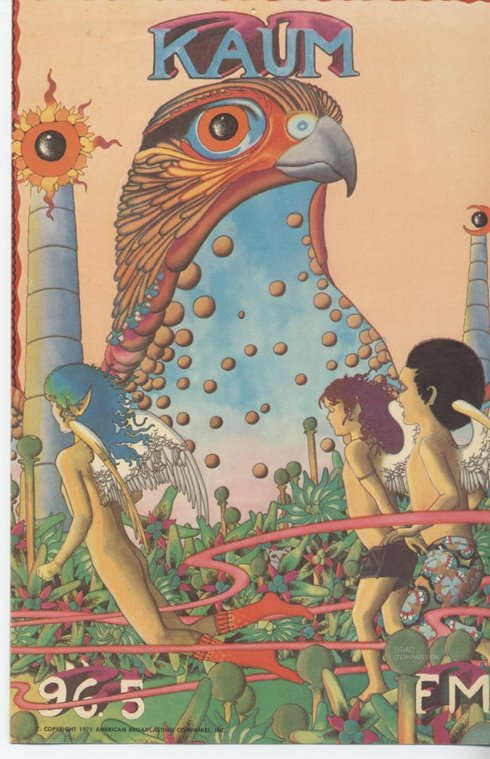
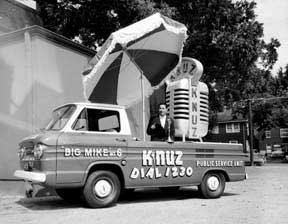


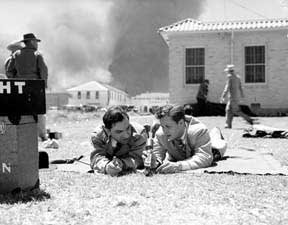
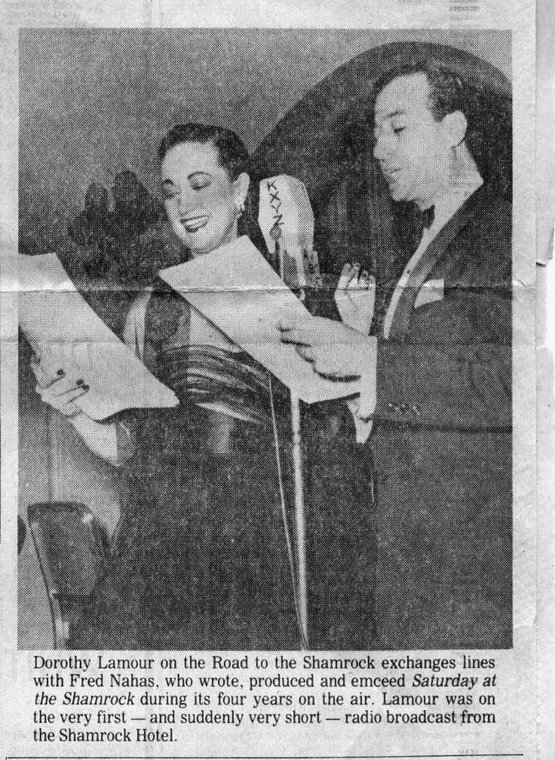
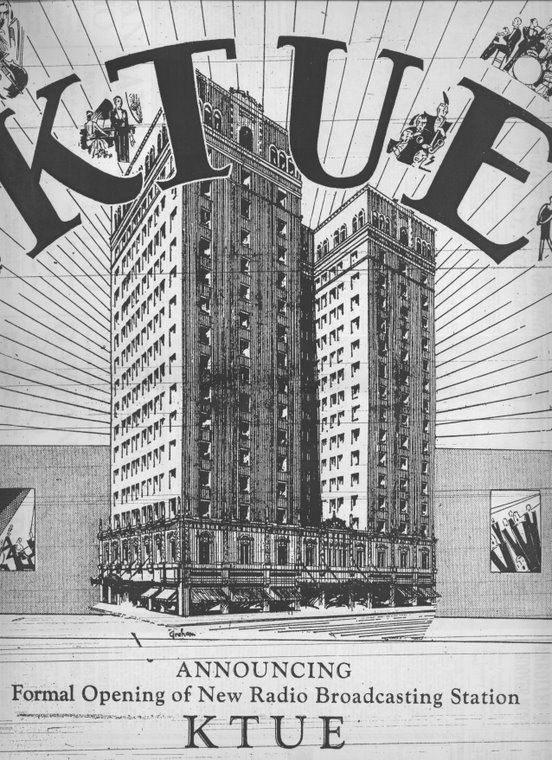
1 comment:
The WIAC calls have been used since 1942 by a station in San Juan, Puerto Rico. First on 580 KHz and, since 1950-ish on 740 KHz.
Post a Comment